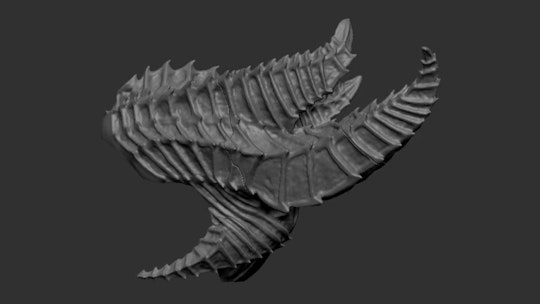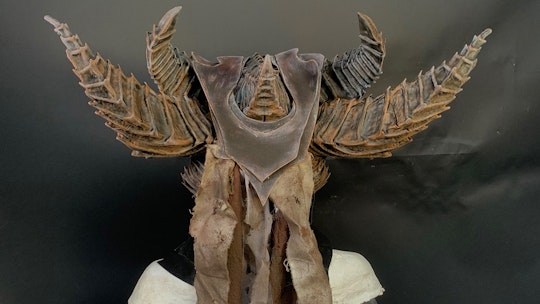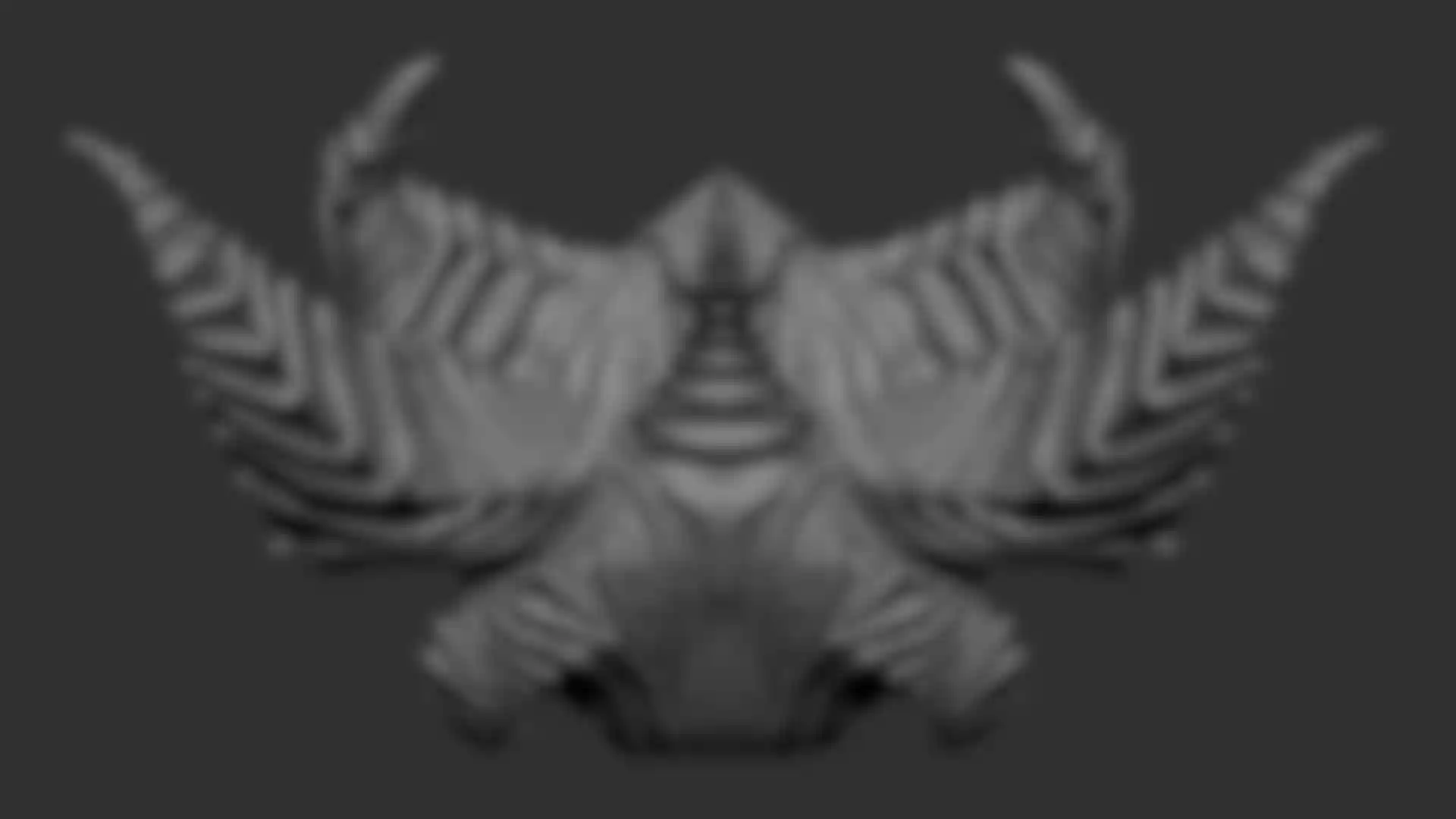
Creating a Prosthetic Headpiece Inspired by “Diablo IV” With ZBrush Emerging talent Leah Maddison drew inspiration from Diablo IV’s villain Lilith to create a stunningly detailed, horned prosthetic.
A graduate of prosthetic makeup, Leah Maddison discovered a love for making creature prosthetics and makeup during her studies. Her final-year project was a six-horned headpiece that she created over a four-month period using a digital workflow.
We asked Maddison to tell us more about herself, her inspiration for the headpiece and to walk us through the project, from sculpting with ZBrush to 3D printing and makeup.
What led you to study prosthetic make-up and how does ZBrush fit in to that?
Maddison: I’ve had an interest in special effects makeup since my early teens. In 2020, I started a bachelor’s degree in Special Makeup Effects for Film and Television at the University of Bolton in the UK, where I discovered a love of creature makeup and prosthetics. I graduated in July and am now working on personal projects to continue to build my portfolio and expand on my skills.
I was introduced to ZBrush as part of the digital modules and began using it as a concepting tool for my projects to create 3D visuals to prepare my characters for the creation of prosthetics using traditional sculpting. I also had the chance to experiment with using ZBrush to create a nose sculpt to a given brief and understand how to create a mold for 3D printing.

What inspired the design for your final year project?
Maddison: When I was set the task of creating anything I desired for my final-year project, I knew I wanted to incorporate horns into the design. When I then saw the character design of the demon “Lilith” in the video game “Diablo IV” I fell in love with the silhouette of the horns and the intricate detail within them. I gathered reference material by looking at concept art for the video game, sculptures and figures that had been created, as well as other recreations of the look created by cosplayers and makeup artists.
Please walk us through your workflow for the Lilith headpiece.
Maddison: I started by taking a life cast of my model’s head and created a fiberglass skullcap that the headpiece would attach to, to ensure it would be scaled to fit her head. From there, a 3D scan was taken of the life cast and skullcap, which I brought into ZBrush to clean up and begin sculpting.
I sculpted the primary forms of the horns using images of the character concept as a reference of sizing and shape. I predominantly used the Clay Buildup and Move brushes to build up the horns and ensure they were flowing in the correct way. Smaller details, such as ridges and spikes, were added in using the DamStandard brush.

I then used the Precision Extract plugin and Booleans to create a 2 mm gap between the skullcap and the headpiece to give space for any issues with shrinkage or expansion. Once the sculpture was complete, it was separated into different sections, 3D printed, and assembled.
What were the most challenging details to get right?
Maddison: The intricate details of the ridges and small spikes were the most difficult due to their small size at the tips of the horns, as the scaling of the ridges had to decrease. The DamStandard brush was helpful for achieving the small, sharp details, both to add and remove the clay to create the correct depth of the ridges and the sharp edge along the spine of the small spikes. Another challenging detail was to design the back of the headpiece, which was not visible in the reference images due to a veil covering the back of Lilith’s head. I wanted to continue the design and flow of the horns through to the back to ensure it worked both with and without a veil.
How did you prepare the mold and assembly?
Maddison: The headpiece was divided into four main sections: two at the top of the head and two at the base, which aligned using spherical keys. I used Booleans to create separate meshes for each piece so they could be printed individually. The horns were then broken down further using planes to create trapezoidal prism keys with holes on both sides of the horn to allow for magnets to be inserted. The Scale Master plugin was used to create the exact sizing for the magnets to fit as well as to ensure the keys had a depth of 1 cm. Magnet holes were also added to the four main sections underneath where they would attach to the skullcap, allowing them to snap into place.
My university lecturer Edwin Priest was an integral part of this stage of the project, supporting me throughout the process.

What was most rewarding about this project and what’s next for you?
Maddison: The most rewarding part was seeing it come together as a completed piece during the application and receiving positive feedback from my peers and lecturers about how well I had conveyed the character. I also went on to win the Stan Winston Award, selected by Matt Winston, at the university graduate show, which was a surreal experience.
I’m now looking forward to developing my ZBrush skills and creating more concepts that combine digital elements with prosthetic makeup. My dream career is to create and apply fantasy and creature prosthetic makeups for film and television. I also want to further explore and develop digitally created and 3D-printed elements that push the boundaries of what is possible.
Helena Swahn is a writer based in London, UK.







